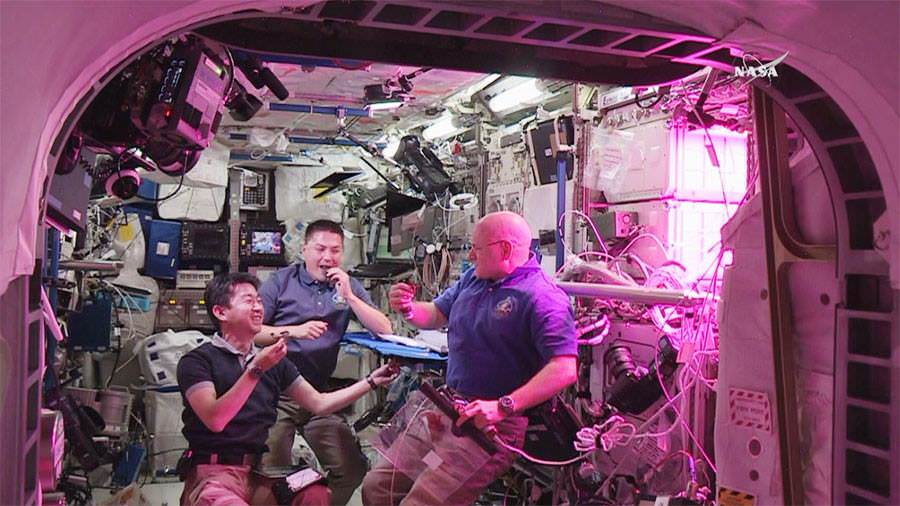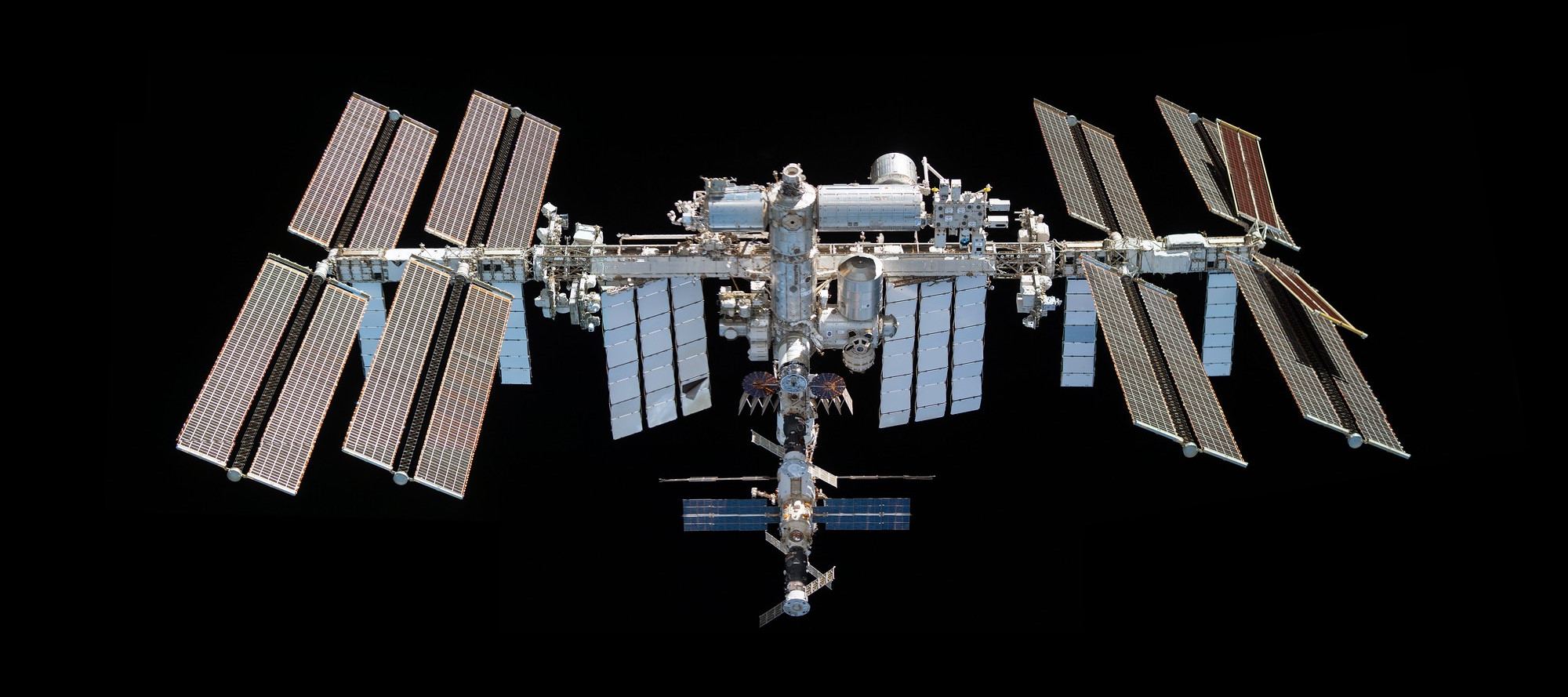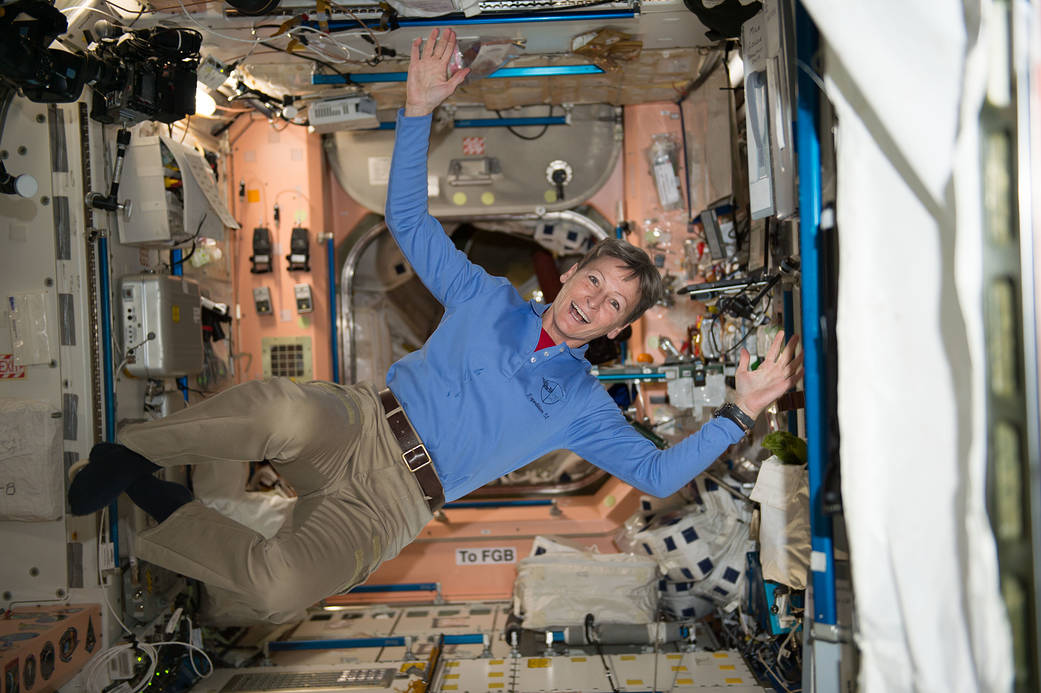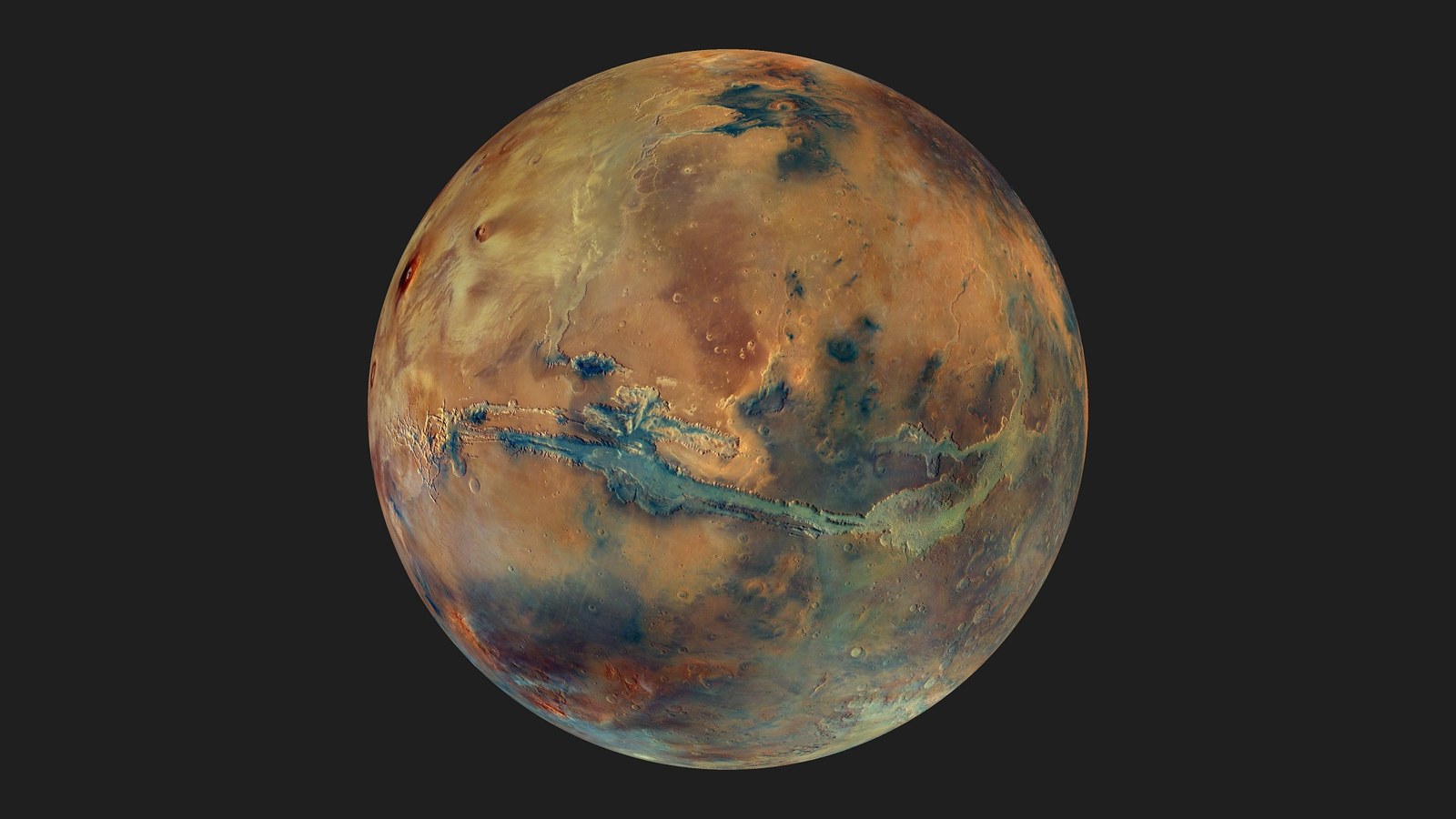The Sun can kill. Until Earth developed its ozone layer hundreds of millions of years ago, life couldn’t venture out onto dry land for fear of exposure to the Sun’s deadly ultraviolet radiation. Even now, the 1% of its UV radiation that reaches the surface can cause cancer and even death.
Astronauts outside of Earth’s protective ozone layer and magnetic shield are exposed to far more radiation than on the planet’s surface. Exposure to radiation from the Sun and elsewhere in the cosmos is one of the main hurdles that must be cleared in long-duration space travel or missions to the lunar and Martian surfaces.
Unfortunately, there’s no harmonized approach to understanding the complexity of the hazard and protecting astronauts from it.
Continue reading “As We Explore the Solar System, Radiation Will Be One of Our Greatest Threats”









